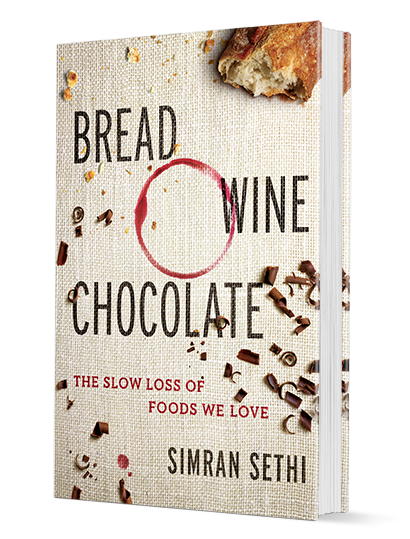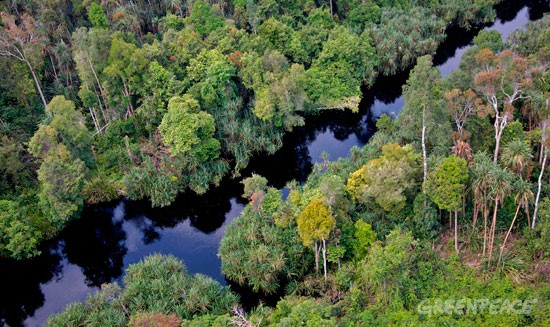Category 4
Category 3
Category 2
Category 1
We specialize in elevating content creators like you through bespoke social media strategies that not only capture attention, but also drive engagement.
Stride Social
Welcome to
“Get the good chocolate for yourself,” advises author Simran Sethi, on her newly launched chocolate podcast, The Slow Melt. Good chocolate demands you place the decadent morsel in your mouth to slowly seep into each pore of the tongue. And as Simran Sethi discusses both in her podcast and book Bread, Wine, Chocolate: The Slow Loss of the Food We Love, good chocolate is also best for the planet.

Simran is on a mission to save the food we love. Chocolate, the good kind made with pure cocoa, is in trouble. Experts predict a cacao shortage of one million tons by 2020. In anticipation, confectioners add fillers and replace cocoa butter with cheap palm oil.
Many factors contribute to the shortage of chocolate, but most boil down to water.
Weather is a dubious friend for cacao farmers. Droughts stunt growth and downpours spoil the harvest. Water, too much or too little, is growing too burdensome for a growing number of the 5.5 million small farms growing 90 percent of the world’s cacao. Throughout the Cocoa Belt, trees are uprooted or burned to the ground and replanted with sturdier cash crops. On the Ivory Coast, the single largest cacao producer, rubber plantations are fast replacing cacao trees.
As the supply of cocoa drops the demand for palm oil increases: and virgin peatlands pay the price. Peatland is layers of soggy plant debris that act as freshwater reservoirs. Formed over 10,000 years, the layers of plant material can reach depths of 70 feet. This saturated land filters the water for animals and humans living downstream.
Peatlands,  critical in regulating global climate, are illegally drained of freshwater to make room for plantations producing palm oil in high demand globally. Two million palm plantations grow on former peatlands in Indonesia. Illegal fires down virgin forests, draining the peatlands of freshwater to make way for palm crops.
critical in regulating global climate, are illegally drained of freshwater to make room for plantations producing palm oil in high demand globally. Two million palm plantations grow on former peatlands in Indonesia. Illegal fires down virgin forests, draining the peatlands of freshwater to make way for palm crops.
Over half of all packaged foods and cosmetics include palm oil; and with every passing year more chocolate. So give yourself and those you care about the “good” chocolate. Together we will save the foods we cherish most.
I send a special Valentine’s wish to Simran Sethi for the work she does in the world. She is fond of chocolate cake… so in honor of Simran, my favorite chocolate cake recipe.

Free-Trade Chocolate Cake (or cupcakes)
(Adapted from One-Bowl Chocolate Cake from Martha Stewart Living)
3/4 cup unsweetened fair-trade cocoa powder (Equal Exchange sells this as Baking Cocoa)
1 1/2 cups all-purpose organic dry farmed or rain-fed flour
1 1/2 organic fair-trade sugar
1 1/2 teaspoons baking soda
3/4 teaspoon baking powder
3/4 teaspoon salt
2 large eggs (preferably from a pasture-raised hen)
3/4 cup organic low-fat buttermilk (I like Organic Valley. It is co-op of small family dairies across the U.S.. This brand can be found at large and small grocery stores. If not at your grocery store yet, ask and ask again.)
3/4 cup water
3 tablespoons organic oil like vegetable or canola
1 teaspoon organic pure vanilla extract
Preheat oven to 350 degrees. Butter two 8-inch round cake pans (2 inches deep) dusted with cocoa powder. If making cupcakes, butter the muffin tin just the same unless you are using cupcake paper cups. I found that one scoop of batter using an ice cream scooper works perfectly for each cupcake.
Sift all the dry ingredients into a big mixing bowl.
Beat ingredients together with a mixer on the lowest setting or with a whisk until just combined.
Add all the wet ingredients into the same bowl. Beat until all combined and batter is smooth about three minutes with a mixer and a few minutes longer when mixing by hand.
Divide batter into both pans and bake for 35 minutes or until a toothpick inserted in the center of the cake comes out clean. Cupcakes do not take as long to bake. Check if the cupcakes are done after 20 minutes.
Note: to remove the cake from the pans with ease, you must let the cake cool off completely. This takes at least 15 minutes. While you wait for the cake make the frosting (frosting recipe to follow). Place one of the cakes on a cake plate. Frost the top of the first cake. This will be your yummy center. Place the second cake on top and frost the top and sides of the cake. I like to decorate the cake with fresh berries like blueberries or blackberries when in season…organic of course.
Chocolate Frosting
I love this frosting. The sour cream gives it a nice little twist. I have found that young kids are not as big on the slight twang to this frosting. When I am baking for a younger crowd I will replace with a buttercream frosting. If you are making cupcakes you can half this recipe.
makes four cups
2 1/4 cups organic powdered sugar
1/4 cup unsweetened fair-trade cocoa powder
Pinch of salt
6 Ounces cream cheese, room temperature
1 1/2 sticks unsalted organic butter, softened (Organic Valley also makes butter or some farmers markets sell butter)
9 Ounces bittersweet fair-trade chocolate, melted and cooled slightly
3/4 Cup organic creme fraiche or sour cream
Sift together dry ingredients and combine in one bowl.
In a larger bowl beat together the cream cheese and butter at medium speed until smooth.
Gradually add the sugar-cocoa mixture into the cream cheese and butter mixture and beat until combined.
Pour in the melted chocolate.
Add the sour cream or creme fraiche and beat until all combined.
Eat less water at the kitchen table.
There is power in the collective!
Be well,
Florencia Ramirez
You might also like:
Leave a Reply Cancel reply
Ready to take Action?
click to Read & Leave a comment
Click to close comments
Comments